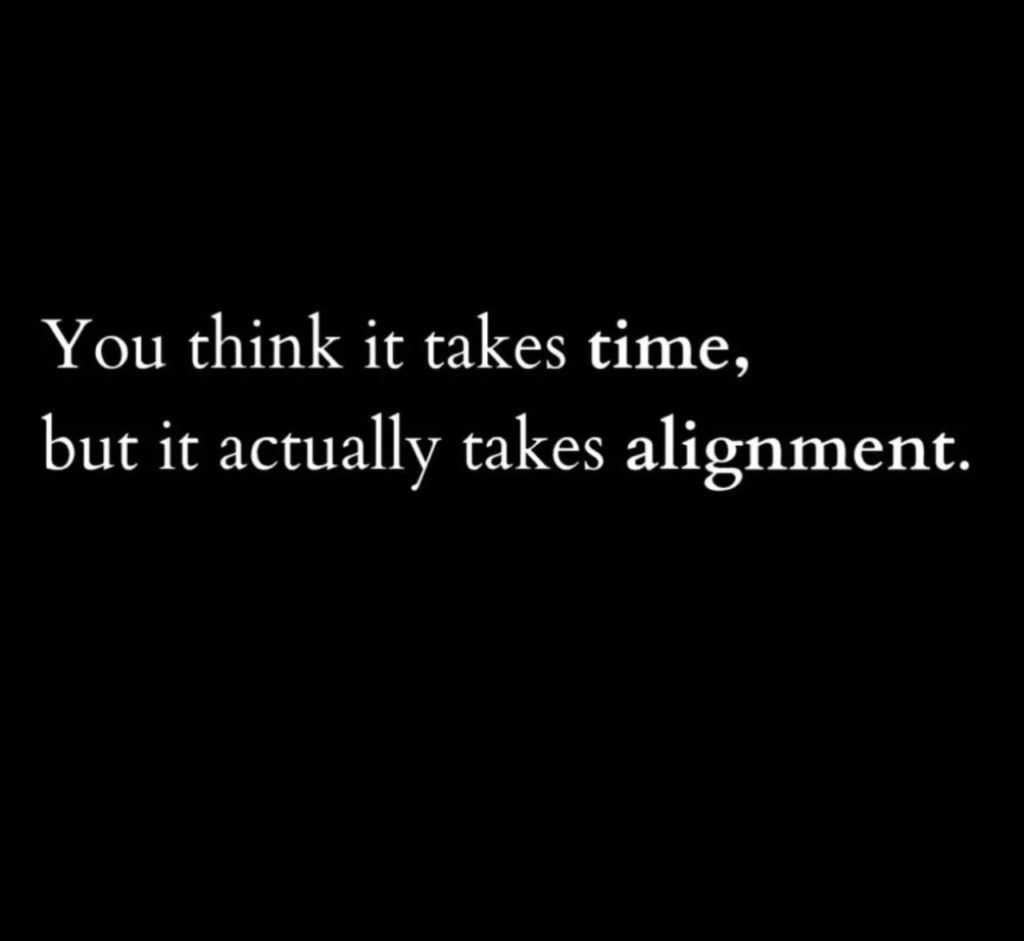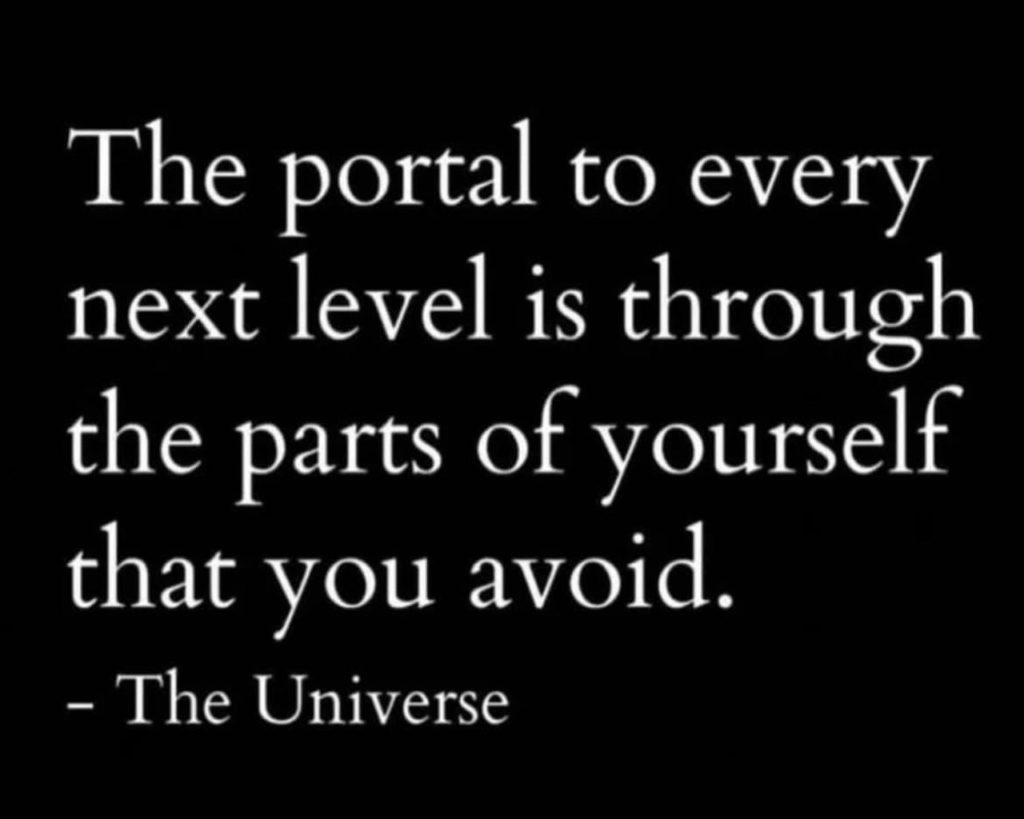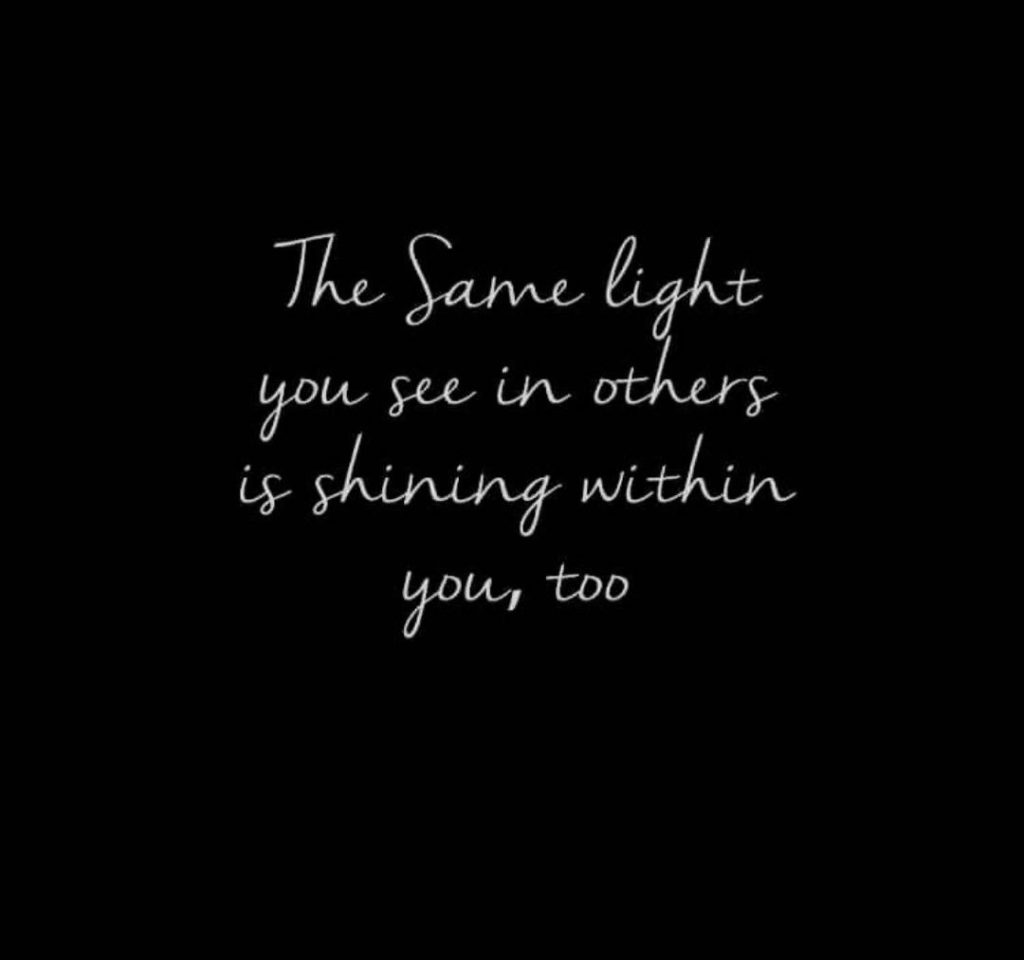“If you want to find the secrets of the universe, think in terms of energy, frequency, and vibration.” This powerful quote—attributed to the brilliant inventor Nikola Tesla—touches on one of the most profound truths of existence. It’s not just poetic; it’s scientific. Everything in the universe, from the smallest atom to the largest galaxy, is in constant motion. And at the heart of this motion is energy.
In this article, we’ll explore what this quote means, why it matters, and how understanding energy, frequency, and vibration can unlock a new perspective on reality—and even our place in it.
Energy: The Foundation of Everything
At its most fundamental level, the universe is energy. Matter, as Einstein revealed in his famous equation E = mc², is just a form of energy. The device you’re reading this on, the food you eat, the thoughts you think—they all arise from or influence energy. This means that everything is connected through a vast, dynamic energy field.
In quantum physics, particles can behave like waves and vice versa. The implication? What we perceive as “solid” is really just energy vibrating at a specific rate. So the solid table or chair you’re sitting on is actually buzzing with invisible energy, just at a frequency that gives it form.
Frequency: The Language of the Universe
Frequency refers to the rate at which a vibration occurs. Every object and being has a natural frequency, also called a “resonance.” Just like a musical instrument has a unique tone, so do your thoughts, emotions, and body. These frequencies influence how we interact with the world and how the world responds to us.
Modern science backs this up. Brainwaves, for example, are categorized by their frequencies—alpha, beta, theta, delta—each corresponding to different states of consciousness. Similarly, light is perceived through its frequency: red has a lower frequency than blue.
Understanding frequency allows us to recognize that we are not passive observers of the universe—we are participants, tuning into and broadcasting frequencies constantly.
Vibration: The Pulse of Existence
Everything vibrates. From the microscopic level of atoms to the cosmic movement of planets, vibration is the universal rhythm. In spiritual traditions, this is echoed through concepts like “OM,” considered the sound of the universe in Hindu philosophy.
On a practical level, vibration affects our health, emotions, and relationships. High-vibration states like love, gratitude, and joy are expansive and energizing. Low-vibration states like fear, anger, and despair are contracting and draining. When we raise our vibration, we become more aligned with clarity, creativity, and harmony.
Putting It All Together
So, what does it mean to live with this understanding?
Health and Healing: Modalities like sound therapy, Reiki, and biofield tuning use vibration and frequency to restore balance in the body.
Consciousness and Thought: Your thoughts carry energy. Repeated thoughts form patterns—vibrational fields that influence your experiences. Positive thinking isn’t just a cliché—it’s a real energetic shift.
Connection and Communication: Recognizing that everything vibrates helps us appreciate our deep connection to others and the world. Whether it’s a person, place, or idea, we are always tuning into vibrations.
Conclusion
Thinking in terms of energy, frequency, and vibration is not a mystical abstraction—it’s a lens that brings science and spirituality into harmony. It invites us to look beyond surface appearances and sense the deeper reality at play. Whether you’re a scientist, a seeker, or someone curious about how the universe works, this way of thinking can transform your understanding of reality and open doors to greater awareness and potential.
So next time you feel out of sync, pause and ask: What am I vibrating with right now? The answer will be your first step toward tuning into the true rhythm of the universe.




